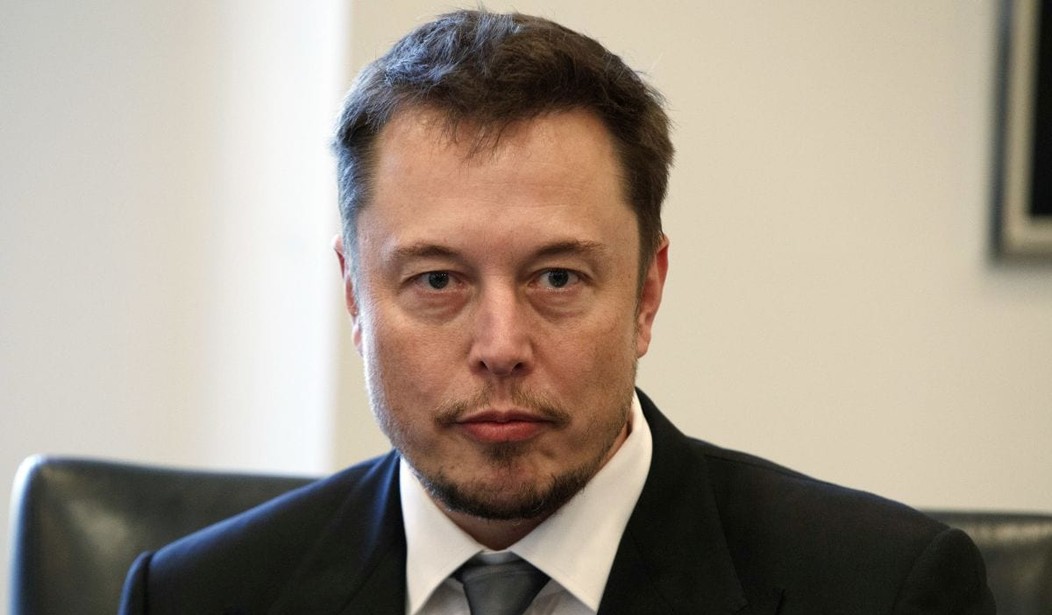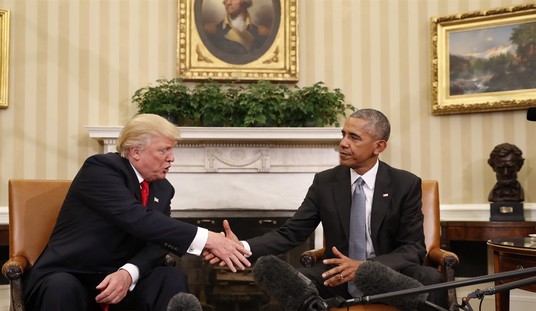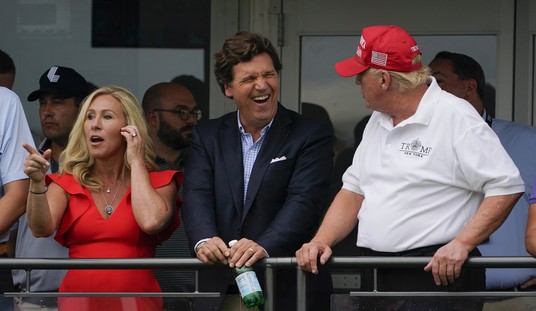Sixty years ago on October 4, 1957, much of the world was surprised to learn of a new orb a couple hundred miles over their heads. It was the first artificial moon, a satellite launched by the Soviet Union at the height of the Cold War. Many went out to watch it pass over (though what they most likely saw was not the beeping satellite per se, but the upper stage that had placed it in orbit). Sputnik heralded the beginning of “the space age” (what future historians will likely rename the “Government Space Age”).
It was an historical but also cultural and political event.
Politically, it raised awareness of the need to educate students in math and science, and resulted in new programs to do so, with “new math” in the 1960s. Ultimately, a few years later, it created the Apollo program to send men to the moon, though the purpose was not to actually open up space, but to beat the Russians at something that was considered, technologically, as vital to national security.
In culture, German rocket designer Wernher von Braun had collaborated with Colliers magazine and Disney earlier in the decade to prepare the American public for the coming age of spaceflight, but the first actual satellite gave what had been considered a science-fiction concept a shiny new sheen of reality. Despite the fear engendered by the Soviets beating us into space, which was accentuated a month or so later with their launch of a dog into orbit, the nation went space crazy, particularly after our own success with Explorer 1 in January of 1958.
The craze encompassed movies, television, fashion, and branding in general. Restaurants beckoned diners with neon rotating satellite(ish) signs. Many roadside motels all over the country, and not just in Florida or California, adopted a space theme (some of them have survived to this day). Even gas stations got into the act. Cars had begun to sprout tail fins in the 1940s for no function other than the conveyance of a sense of modernity and speed, and the new space age continued that trend. Fashion designers imagined (sometimes ridiculously) what people would be wearing at the end of the 20th century.
In popular culture, the craze gave us, among many other things The Jetsons, Barbarella, Plan 9 From Outer Space (which many contend is director Ed Wood’s greatest achievement, as the worst movie ever made), Lost In Space and, of course, Stanley Kubrick’s (and Arthur C. Clarke’s) classic 2001: A Space Odyssey. In the sixties, despite the Vietnam war, assassinations, and the riots in Watts, Newark, Detroit and other places, astronauts were on their way to the moon. It was a time of hopefulness for the future, with dreams of moon bases and Mars trips in the coming decades.
But the last man walked on the moon in 1972 (forty-five years ago this coming December), and while the government space program achieved quite a bit, few of the grander space dreams were achieved because it was never really a priority for the federal government to send humans to other worlds.
But it was a priority for some of the people who grew up in that stagnant era, and made themselves wealthy with the Internet in the ’90s. One of them is Elon Musk, an immigrant from South Africa. A decade and a half ago, he started spending his own money to send people beyond earth orbit once again, with the goal of settling Mars.
His work is starting to bear fruit. Last Friday, a few days before the Sputnik anniversary, at the International Astronautical Congress in Adelaide, South Australia, Musk gave a presentation in which he both expressed his frustration, and laid out his audacious new plan to do something about it. “It’s 2017,” he said. “I mean, we should have a lunar base by now. What the hell’s going on?”
He has spent the last few years perfecting his Falcon 9 rocket, not just in terms of reliability in delivering payloads to space, but in successfully recovering its first stage. He has done so sixteen times over the past couple years, and will be reusing one in a flight in the next few days. He has long proposed a larger version, using three Falcon 9 cores, called Falcon Heavy, which until recently had been planned to first launch in November, but has now slipped (again) into next year.
There were always issues with the current Falcon designs. While he has succeeded in making the first stage reusable, it sometimes has to land at sea (though, at times, he has lacked sufficient vehicle performance to get it back at all). He hasn’t figured out (or at least, hasn’t demonstrated) how to recover the second stage from orbit, though Gwynne Shotwell, president of Musk’s Space X, announced last week that they intend to attempt it next year. The Falcon Heavy still hasn’t flown, and Musk admitted that it will have teething problems and may very well fail on its first launch attempt (putting the expensive and historic Apollo/Shuttle launch pad at Kennedy Space Center at risk).
So last week, he laid out the radical new approach for the future. Using lessons learned from the Falcon development, he is going to replace the entire Falcon line and the soon-to-be-crewed Dragon capsule with a new heavy-lift two-stage vehicle, of which both stages will be fully recoverable.
Larger than a Saturn V of the Apollo era, the largest rocket ever built to date, it will be a versatile system; it will not only deliver 150 tons of payload to earth orbit and the space station in a payload fairing of over thirty feet, but to any orbit, and all the way to the surface of the moon.
In fact, Musk claims that it will deliver fifty tons of hardware to the surface of Mars. Beyond that, he proposes it for point-to-point transportation from any coastal city on earth to another in thirty minutes, for current coach airfares. And he proposes to do this in the next five years, with a cargo trip to Mars in 2022, and humans two years later. For the best analysis of his plans, from both a technical and business perspective, go read Dick Eagleson’s take over at this week’s issue of The Space Review.
Can he do it? I don’t know, but I’ve long said to always bet against SpaceX meeting a schedule, but never bet against them doing something they plan to do. If so, it will be disruptive not just to his own current products, but to the entire traditional space industry. Imagine a world of giant rockets taking off and landing on offshore platforms, multiple times a day, to and from other cities, to and from orbit, to and from moon colonies, to and from locations all over the solar system. If he pulls it off, he will finally have delivered on the failed promises of the Sputnik era of six decades ago, and it will finally look like we’re really living in the 21st century.









Join the conversation as a VIP Member